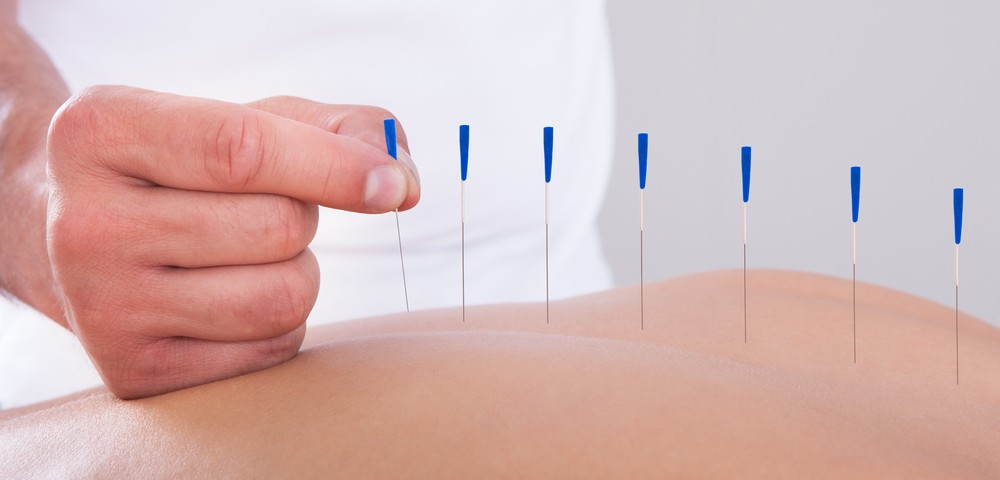Acupuncture, along with two other alternative methods of pain relief, proved to be insufficient to provide the analgesia needed for patients with fibromyalgia. These are the results of a study titled “Short-term complementary and alternative medicine on quality of life in women with fibromyalgia” in the Journal of Integrative Medicine.
Researchers compared three classical traditional Chinese medicine (TCM) therapies: acupuncture (AC), electroacupuncture (EAC) and moxibustion (MX) in the management of pain and promotion of Quality of Life (QoL) in fibromyalgia patients. Thirty women with fibromyalgia with an average age of 47 years were enrolled from 2010 to 2012. Each patient had a pain-pressure threshold (PPT) of more than 4 kg/cm². Study participants were assigned into three different groups: those who received acupuncture, those who received electroacupuncture, and those who received moxibustion (a type of heat therapy where the herb mugwort is burned for 30 minutes) once a week for eight weeks.
The acupuncture points on the body included neiguan (PC6); hegu (LI4); yanglingquan (GB34); sanyinjiao (SP6); and taichong (LR3).
Before and after each treatment, the women were asked to report their pain-pressure thresholds, Wong-Baker Faces Pain Scale (WBFPS, for pain intensity), and Medical Outcomes Study 36-item Short Form Health Survey (SF-36, for quality of life).
After all treatment sessions the results revealed that there was no significant improvement in pain or reduction of tender points in any of the groups under study. “Three areas are directly involved in the FMS framework: the musculoskeletal system, the neuroendocrine system and the psychological system. Given the complexity of symptoms and manifestations it is evident that clinical evaluation of treatment results of FMS is not an easy task,” the authors wrote. However, there was a “significant improvement of QoL in vitality (after acupuncture treatment) and in mental health (after electroacupuncture and moxibustion treatments),” they concluded.
The researchers emphasized that, while encouraging, this study had a limited number of patients and should not be generalized. More and bigger studies are needed to confirm these results.

